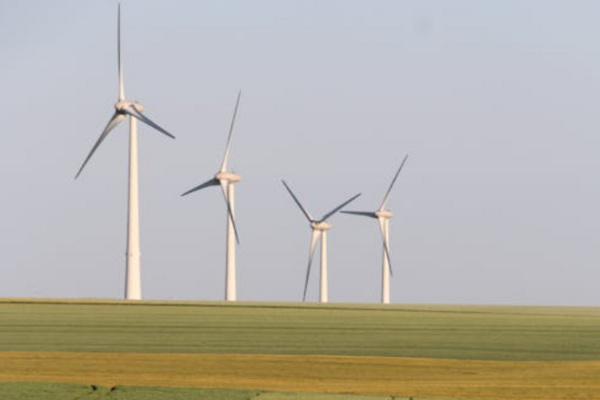Malaysia is expanding its renewable energy sector to reduce carbon emissions and achieve its goal of net-zero emissions by 2050. The government has implemented various policies and developed projects aimed at transitioning from fossil fuels to cleaner energy sources. These efforts align with the Malaysia Renewable Energy Roadmap (MyRER), which targets 31% renewable energy generation by 2025 and 40% by 2035.
Several renewable energy projects have been completed in recent years, showcasing Malaysia’s progress. Large Scale Solar (LSS) projects, implemented in phases, have added substantial solar energy capacity to the grid. LSS1 and LSS2 were commissioned between 2016 and 2019, contributing nearly 958 MW. LSS3 followed in 2021 with 490 MW, while LSS4, under the MEnTARI program, aims to deliver 823 MW as projects become operational. Beyond solar, hydropower has been a significant focus, with the Sultan Idris Hydropower Plant in Perak generating 250 MW of clean energy.
Malaysia has also tapped into biogas and waste-to-energy technologies. Biogas power plants in Selangor utilize palm oil mill effluent (POME) to capture methane and convert it into electricity, with capacities between 2 MW and 5 MW. Waste-to-energy facilities like the Semenyih plant produce up to 25 MW by converting municipal solid waste into power. The Berjaya Wind Farm in Kudat, Sabah, Malaysia’s first wind energy project, with a capacity of 30 MW, serves as a pilot to explore the potential for wind power in the region.
To support these advancements, Malaysia has introduced policies and incentives to encourage renewable energy adoption. The Feed-in Tariff (FiT) allows individuals and businesses to sell renewable energy to the grid. The Net Energy Metering (NEM) program promotes solar photovoltaic systems by enabling consumers to offset electricity bills with solar energy production. Additionally, the Green Investment Tax Allowance (GITA) provides tax incentives for companies investing in green technology.
Future renewable energy projects include the Baleh Hydroelectric Dam in Sarawak, expected to generate 1,285 MW by 2027, and floating solar farms like the one at Chenderoh Dam. These projects highlight Malaysia’s ongoing efforts to expand clean energy while reducing its dependency on fossil fuels.

